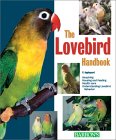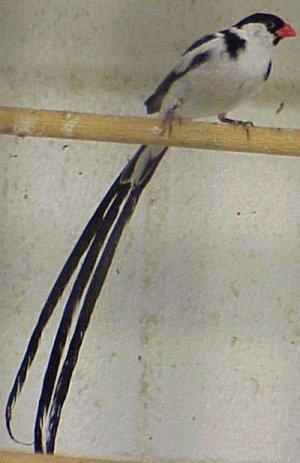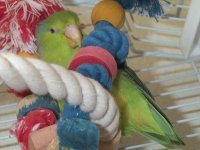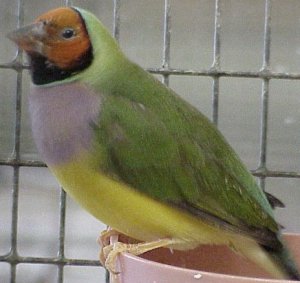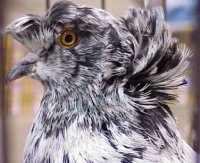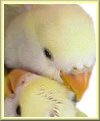The whydah finch might look like a rather ordinary finch during the nonbreeding season, but when the males get full plumage and are ready to breed, they grow a very long tail. For example, the Paradise Whydah is only about 5 inches in length during nonbreeding times, and reaches 15 inches from head to tip of tail during breeding season. They lose the tail again at the end of the season. When the tail is in full plumage, they will shake it to attract the female.
As you can see in the photo on the left, the tail is quite impressive. These little birds can get along with many other species in an aviary. However, some species of whydah are considered difficult to breed in captivity. In fact, some species will lay their eggs in other birds nesting areas, such as waxbill nests, and let those other birds foster their young. Sounds like a great way to avoid lots of hard work!
The whydah is an African bird. There are a number of species in this group, such as the Paradise, Broad-tailed, Pin-tailed, Shafttail, Fischer’s, Resplendent, and White-Winged whydahs. These birds eat a diet of finch seed, various greens, and in the wild they will eat live insects. It’s important to give them sufficient space in an aviary for that long tail so it doesn’t get damaged.

